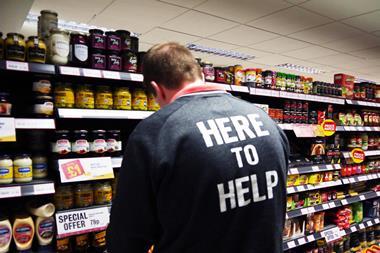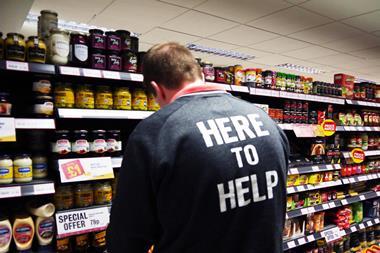Retail operational costs rose by 3.9% in quarter four last year against the same period in 2015, the fastest rate in two years, according to Retail Economics.
The study found that retail labour costs, as a result of the National Living Wage (NLW), was the biggest area of increased cost, up 4.9% compared with Q4 in 2015.
Richard Lim, chief executive, retail economics, said: “A toxic mix of rising operational costs and more expensive imports, driven by the collapse in sterling, has pushed up the cost of retailers doing business at the fastest rate in two years.
“Staffing accounts for over 40% of operational costs for most retailers and so last April’s implementation of the National Living Wage and the latest round of National Minimum Wage rises is biting hard on the industry’s wage bill. Indeed, labour costs facing retailers rose on average by nearly 5% in the fourth quarter of 2016.”
Retail rents were the second biggest contributor to growth in operational costs, up 4.7%. Distribution costs also rose, up 3.5%, while business rates and central costs each grew by 2% and utilities by 0.7%.
“While some businesses will take a hit on margins rather than passing on the full impact of rising costs, households will have to share some of the pain. How much pain and how quickly it feeds through will be critical in determining the strength of spending this year,” added Lim.
“We forecast inflation to hit 3% this year which will erode disposable incomes and put the least affluent households who are ‘just about managing’ under significant pressure.”
The Retail Economics/Retail Week Cost Base Index is a quarterly measure of operating costs facing retailers that measures price movements across six key cost areas facing retailers. These include labour costs, rent, distribution and fuel, business rates, advertising and other central costs and utilities.


























No comments yet